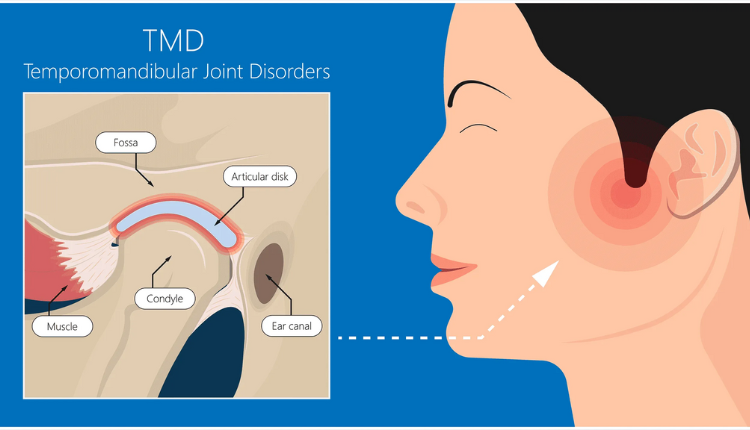3D TMD modeling changes how you understand jaw disorders. Traditional methods often miss crucial details. With this new technology, you receive a more precise diagnosis. It shows hidden patterns and issues that regular exams might overlook. The Sterling, VA dentist uses this approach to ensure you get the best assessment possible. This isn’t just about spotting problems. It’s about giving you clarity and peace of mind. You deserve to know what’s happening with your jaw.
3D modeling offers you that insight. It helps you see complex joint movements and bone structures. This technology makes invisible problems visible. It shows how your jaw works and where it’s stuck. You won’t just feel heard; you’ll feel understood. This breakthrough paves the way for better treatment plans. You get the right care tailored to your needs. When your diagnosis improves, your path to relief becomes clearer and faster.
What is TMD?
Temporomandibular joint disorder, or TMD, affects your jaw joints and the muscles controlling jaw movement. Common symptoms include jaw pain, difficulty chewing, and clicking sounds. The condition can disrupt your daily life. Understanding TMD helps you seek the right treatment. Traditional diagnostic methods like X-rays or physical exams often miss subtle details. They may not show everything about your jaw’s functioning.
Benefits of 3D TMD Modeling
3D modeling offers a detailed view of your jaw’s anatomy. It captures every angle and motion. This model helps in pinpointing exact problem areas. You see what needs attention, making treatment decisions easier. It reduces uncertainty, letting you focus on what’s important—your well-being. With clearer insights, you and your healthcare provider make informed choices together.
| Diagnostic Method | Detail Level | Effectiveness |
|---|---|---|
| Traditional X-Ray | Low | Limited |
| Physical Exam | Variable | Variable |
| 3D TMD Modeling | High | High |
How 3D Modeling Works
You undergo a simple scan. This scan creates a detailed image of your jaw structure. The model shows how your jaw moves and where it doesn’t. These images guide your dentist in understanding your jaw issues better. With clarity, they recommend suitable treatments. It ensures you get the care you need without unnecessary procedures.
Improved Treatment Planning
When you know the exact problem, treatment becomes more effective. 3D models assist in developing tailored treatment plans. They cater to your specific needs. This personalized approach means less trial and error. Your path to recovery is streamlined, reducing your stress and worry. You can focus on enjoying life without jaw pain.
Who Can Benefit?
If you have persistent jaw pain or related symptoms, 3D modeling might help. Those who haven’t found relief through traditional methods may see improvement. Even children experiencing jaw issues can benefit. Early detection ensures early intervention, preventing further complications. Families gain peace of mind knowing their loved ones receive the best care available.
Supporting Resources
For more information about TMD, you can visit the National Institute of Dental and Craniofacial Research. They provide reliable details on jaw conditions and treatments. Another useful resource is the MedlinePlus, where you can learn about symptoms and management strategies. These resources guide you in making informed health decisions.
A Step Towards Better Health
3D TMD modeling is a step forward in diagnosing jaw disorders. It empowers you with knowledge and clarity. You no longer feel in the dark about your condition. With accurate information, you take control of your health journey. Improved diagnosis leads to better treatment and a happier, pain-free life. Choose 3D modeling for a clearer understanding of your jaw health.

